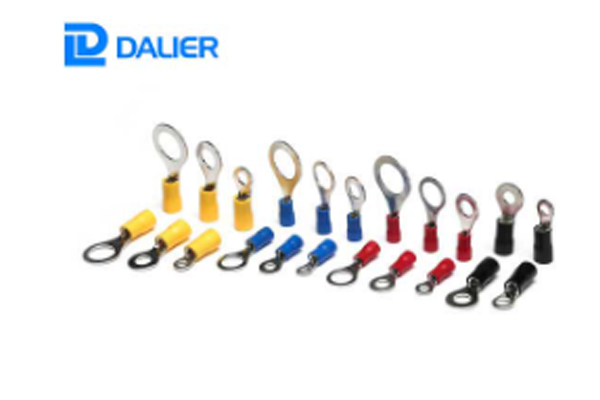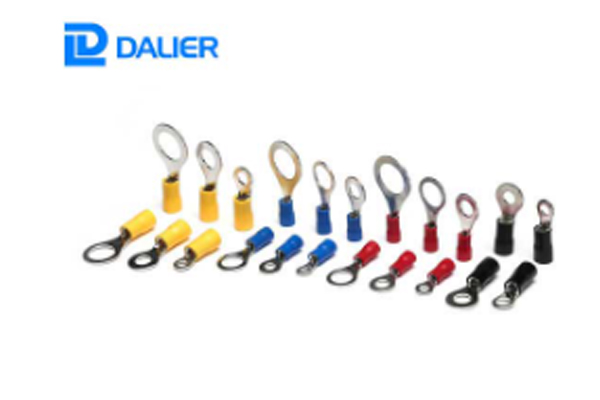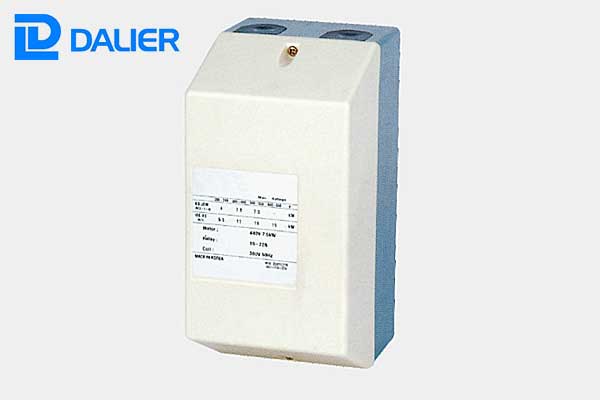What is an insulated terminal?
When working on electrical wiring—whether in automotive systems, marine applications, or industrial control panels—the choice of terminal type can greatly affect both safety and reliability. One fundamental distinction is between insulated terminals and non-insulated (bare) terminals. Understanding what insulated terminals are, how they work, and when to use them will help you choose the right connector for your project.
1. Definition: What Is an Insulated Terminal?
An insulated terminal is a type of solderless electrical connector with a built-in protective covering (insulation) around the metal crimp barrel. This insulation is typically made of materials like vinyl, nylon, or heat-shrink plastic. Its core function is twofold:
-
Protection from accidental contact — The insulation helps prevent exposed metal from touching other conductive surfaces, reducing the risk of short circuits.
-
Environmental resistance — Depending on the material, the insulation can shield the terminal from moisture, vibration, UV exposure, and chemical agents.
This design makes insulated terminals a go-to choice in demanding environments.
2. Types of Insulated Terminals
According to the Waytek guide, there are several major types of insulation, each suited to different use cases.
Vinyl-insulated terminals:
The most economical option.
Flexible, but less durable than other materials.
Provides basic protection; good for light-duty electrical tasks.
More durable and resistant to chemicals than vinyl.
Often supports double crimping: you crimp once on the bare wire and again on the insulated part, which provides additional strain relief.
Good for high-vibration environments, and UV-resistant.
Heat-shrink insulated terminals:
Provide the highest level of protection.
When heat is applied, the insulation shrinks tightly around the wire, offering moisture resistance and sealing out corrosion.
Some have a dual-wall design, with an adhesive lining that further strengthens the seal.
3. Advantages of Insulated Terminals
Choosing insulated terminals brings several benefits:
-
Safety: Insulation reduces the risk of accidental contact and electrical shorts.
-
Durability: The protective layer guards against environmental challenges like vibration, moisture, and chemicals.
-
Ease of identification: Many insulated terminals are color-coded by wire gauge, making installation and troubleshooting faster.
-
Strain relief: Especially with nylon or heat-shrink insulation, terminals provide better mechanical reinforcement so the connection can withstand stress.
4. Comparison with Non-Insulated Terminals
Non-insulated terminals are simply bare metal barrels (usually copper or brass) without any protective sleeve. Because of their simplicity, they are more compact and cost-effective. But their lack of insulation means they should be used only in controlled environments where additional protection isn't required.
For instance, in applications such as ground wires inside a sealed vehicle panel or a relay box, dalier’s Non-Insulated Terminals might be perfectly sufficient. These non-insulated connectors offer economical and space-saving advantages, especially when insulation isn’t critical.
5. Crimping Considerations
Working with insulated terminals also affects how you crimp:
Different insulation types often require specific crimping tools or die slots.
With nylon-insulated terminals, you may perform a double crimp: first on the conductor, second on the insulation, to strengthen the joint and improve vibration resistance.
For heat-shrink types, after crimping you also apply heat to shrink the sleeve and seal the connection.
6. When to Use Insulated vs. Non-Insulated Terminals
Choosing between insulated and non-insulated terminals largely depends on the environment and application. According to Waytek:
Use non-insulated terminals (like dalier’s Non-Insulated Terminals) when:
You're working in a protected or enclosed space (e.g., internal control boxes, fuse panels).
Cost is a priority and insulation is not strictly necessary.
You need a compact connector profile.
Use insulated terminals when:
The connection will be exposed to harsh conditions (moisture, vibration, salt, UV).
You need additional protection or strain relief.
Color coding or easier identification is important.
Long-term reliability is critical, especially in external or exposed wiring.
7. Summary
In short, an insulated terminal is a solderless connector with a plastic (or heat-shrink) protective sleeve over the metal barrel, giving it extra protection, safety, and durability. When comparing with non-insulated alternatives—even economical ones like dalier’s non-insulated terminals—insulated terminals shine in environments that demand robustness and long-term reliability.





